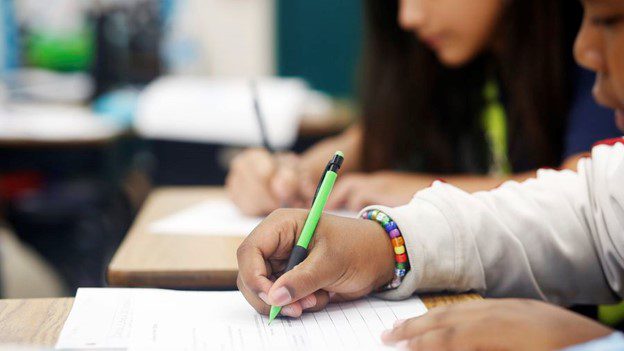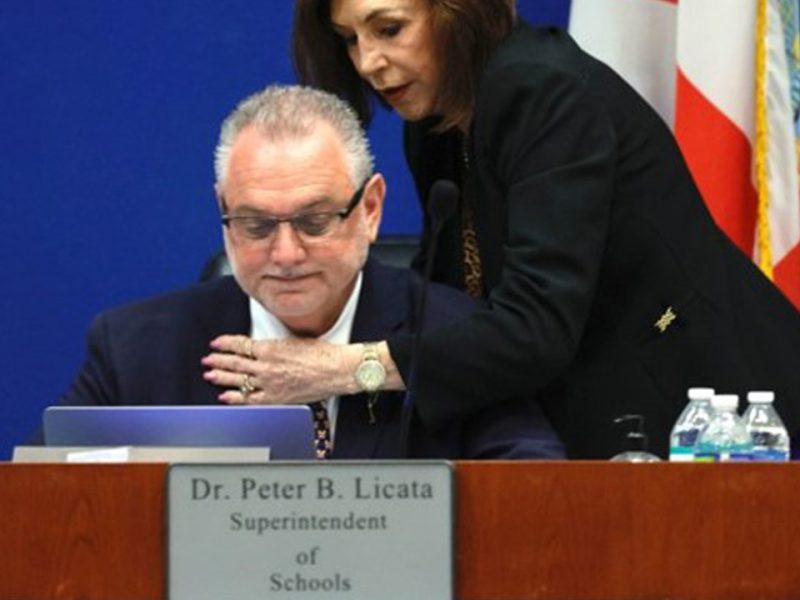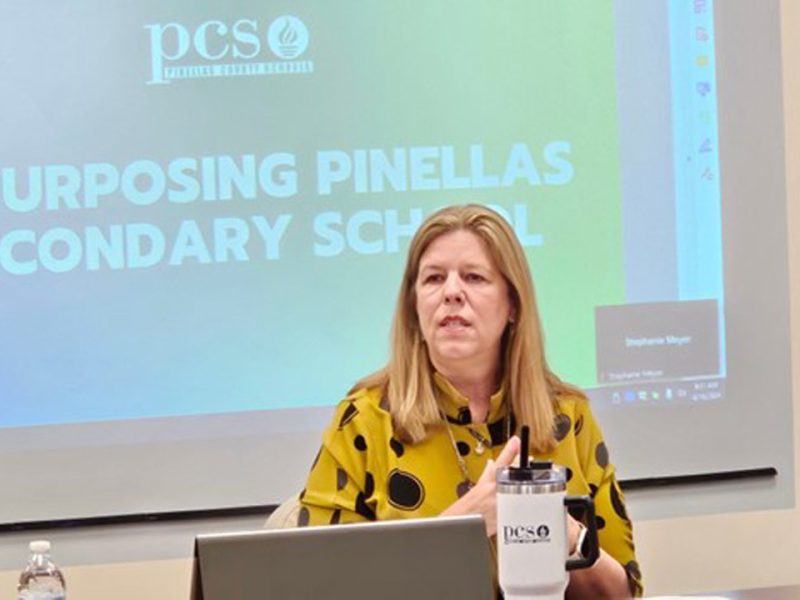
Student scores are down due to COVID, but Florida schools see silver lining
New numbers show schools here weathered the pandemic better than most, officials say.
Tampa Bay Times | By Marlene Sokol and Jeffrey S. Solochek | October 24, 2022
While educators across the U.S. lamented students’ historically poor performance on the first national tests since the pandemic, Florida officials found a silver lining — even as the state’s reading and math scores declined.
They noted that Florida students outpaced their peers in other states on average scores reported Monday from the National Assessment of Educational Progress, known as “the nation’s report card.”
And in Hillsborough, which is part of a smaller group of 26 urban school districts, there was cause for celebration.
Within the urban group, Hillsborough was at the top of the list in both reading and math in average fourth-grade scores, and either at or near the top when it came to how well fourth-graders maintained their skills during the pandemic. Among eighth-graders, Hillsborough was third in reading achievement and near the middle, in both subjects, when it came to stemming learning loss.
In all four categories, Hillsborough students weathered the pandemic more successfully than the nation as a whole.
“This is all because of the hard work and the dedication of our teachers, the hard work of our school board, our school-based leaders and district leaders, our support staff, students and our parents and our advocates all being able to work in concert to create the best experience for our students,” superintendent Addison Davis said Monday.
He said his leadership team is closely evaluating the difference between the fourth- and eighth-grade results in math. “This is where we see that the pandemic really, truly, negatively impacted our students,” he said.
Unlike state tests, the National Assessment of Educational Progress is based on a representative sample and does not track the progress of every student.
The Florida Department of Education used the scores to tout the state’s decision to reopen schools for in-person learning during the pandemic, well before any other state.
“We knew there would be widespread harm to our students if students were locked out. Today’s results once again prove that we made the right decision,” Gov. Ron DeSantis said in a news release.
The department noted that Florida ranked third among all states in fourth-grade reading and fourth in fourth-grade math, marking the state’s best outcome when compared to other states. Florida eighth-graders ranked 21st in average scale score for reading, up from 22nd. It ranked 32nd in average math score, up from 35th.
State officials also observed that Florida shrank the achievement gap in several demographic groups, again with average at or near the top nationally.
“Florida’s Hispanic and Black students, students with unique abilities, and students on free and reduced-price lunch massively narrowed achievement gaps and proved the value of being in school in a classroom with their peers and learning in-person from Florida’s world-class teachers,” education commissioner Manny Diaz Jr. said in a news release.
Davis, in Hillsborough, said his district also saw marked improvement among Black students and students with disabilities.
Pinellas County superintendent Kevin Hendrick said only a handful of district schools take the national test, so it yields no local results of note. But he said the results remain important for understanding the trends and comparisons with other states.
He was particularly interested in how the outcomes will affect the setting of score levels for Florida’s new testing system. And he mentioned the poor performance of middle schoolers as indicating a key area for improvement.
”We knew that,” said Hendrick, adding that he is working on a middle school overhaul. “It’s something we have been gathering feedback on.”
Pasco County school district officials said they don’t pay much attention to the national results, as they do not reveal any specific information that’s usable. Only a few hundred of the district’s 80,000 students sit for the exams.
“We don’t know how they did, and we don’t get any results,” spokesperson Steve Hegarty said.





